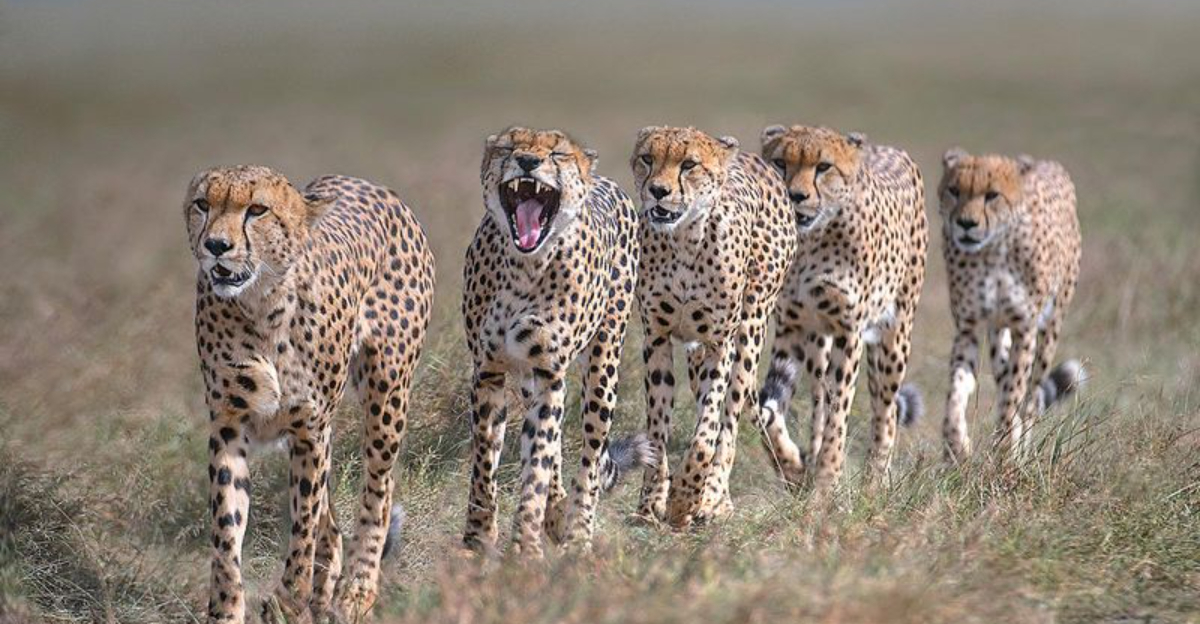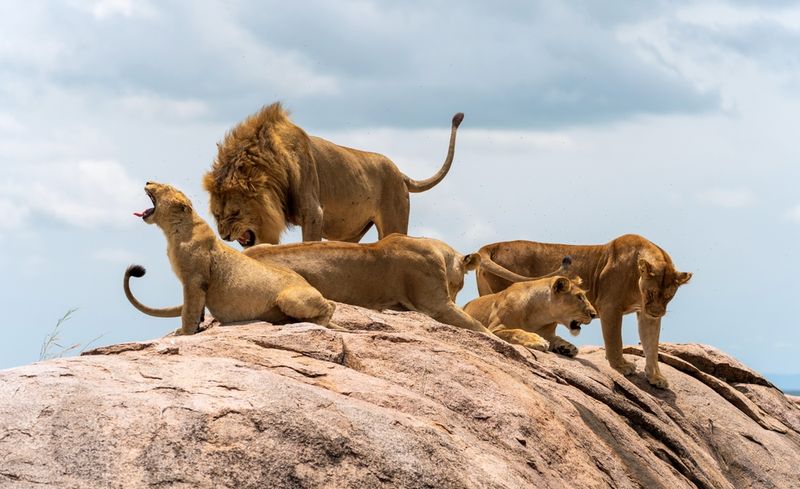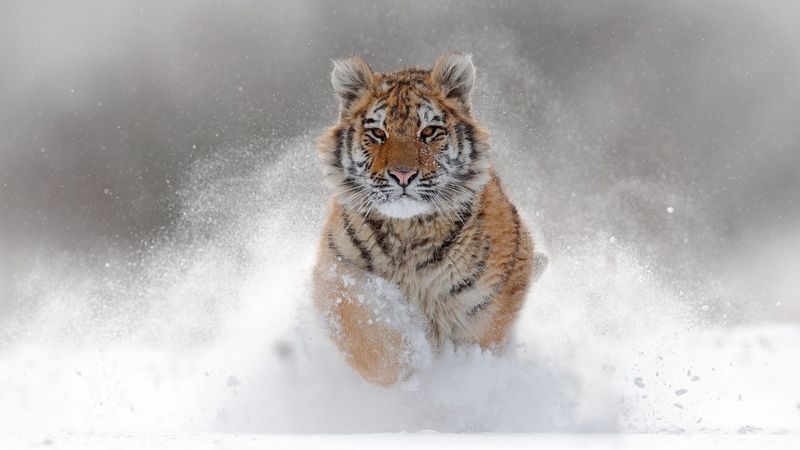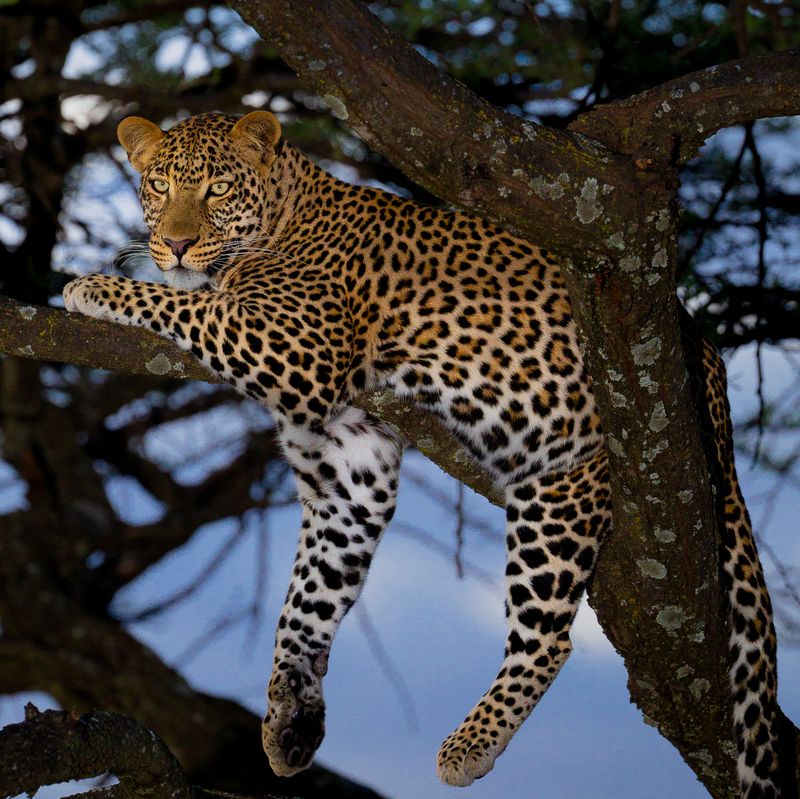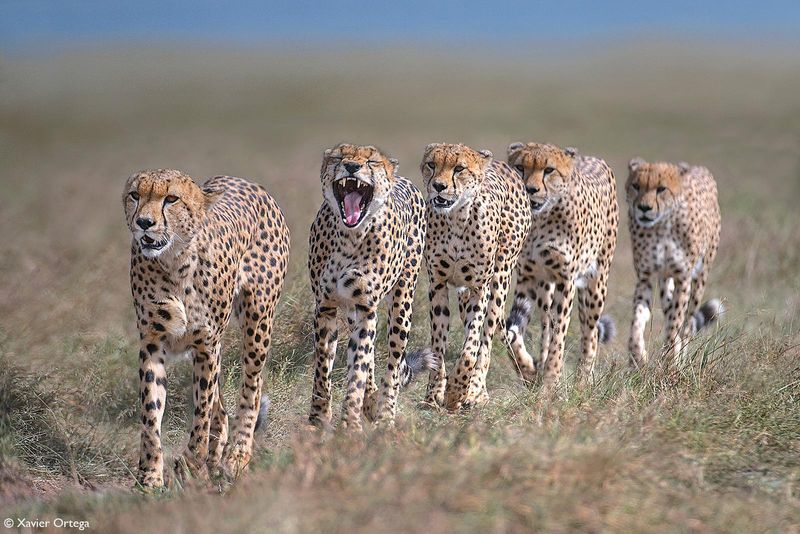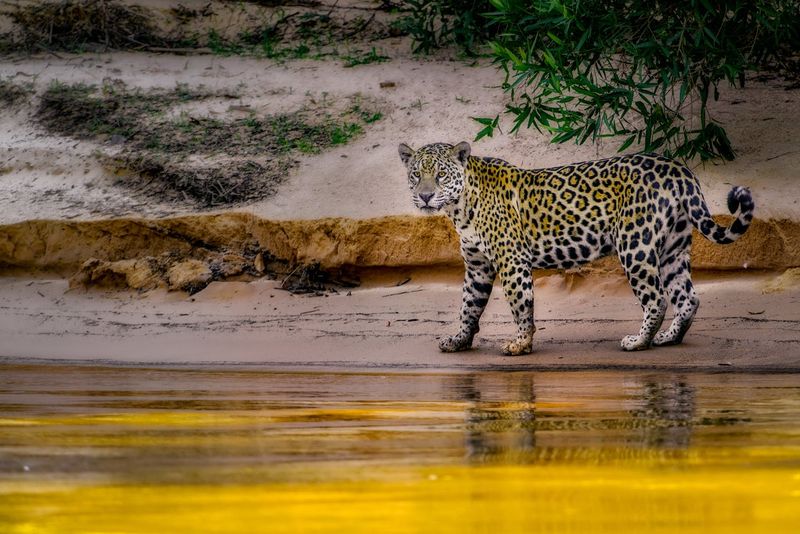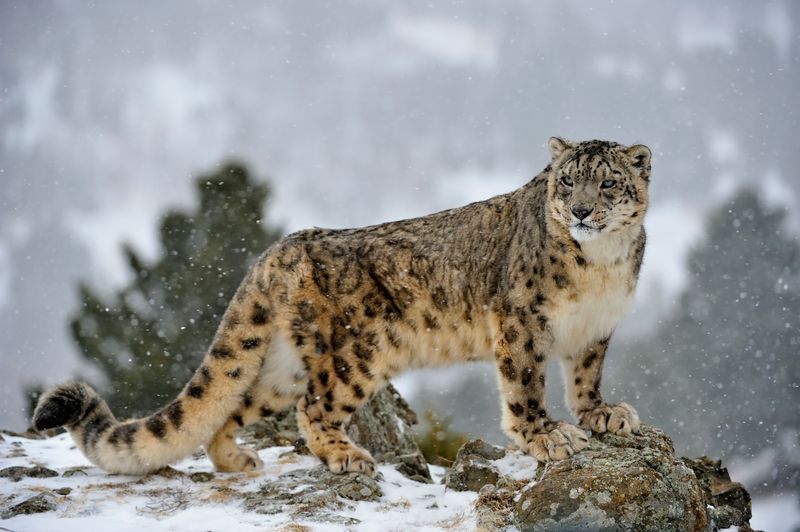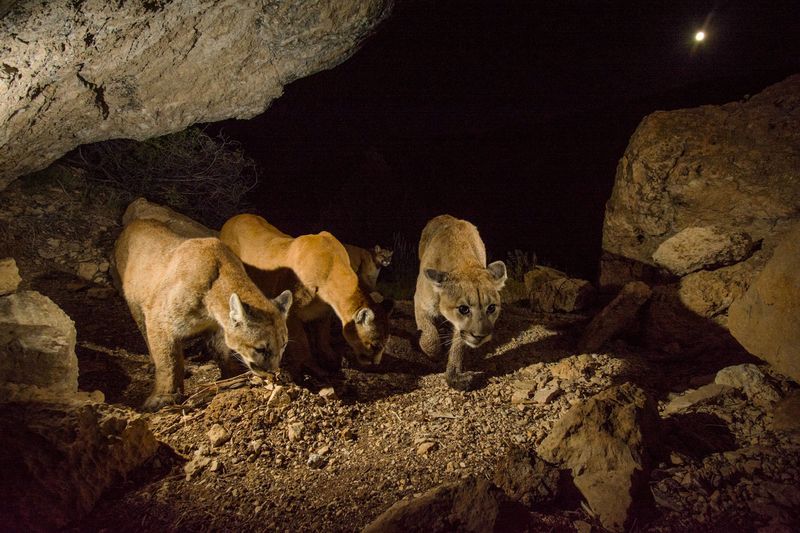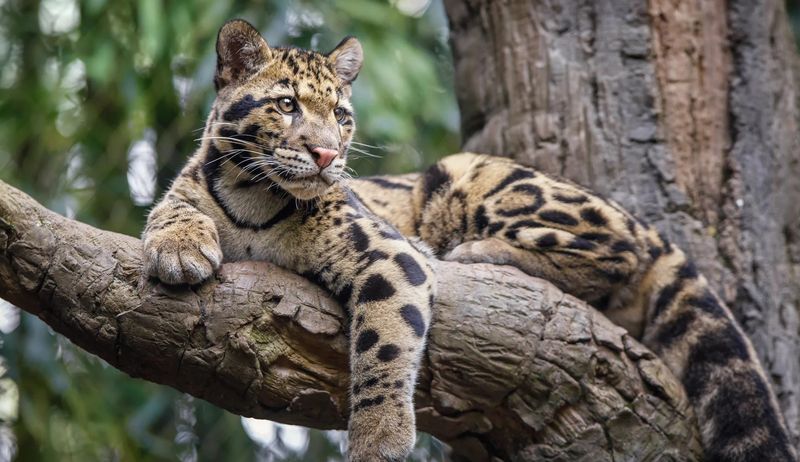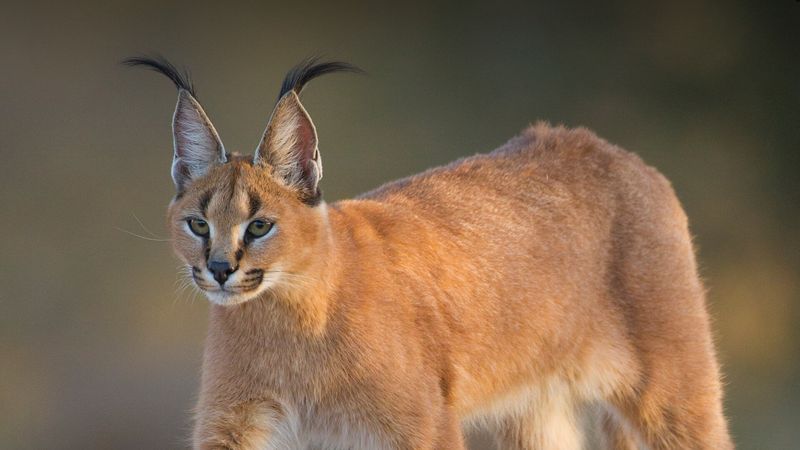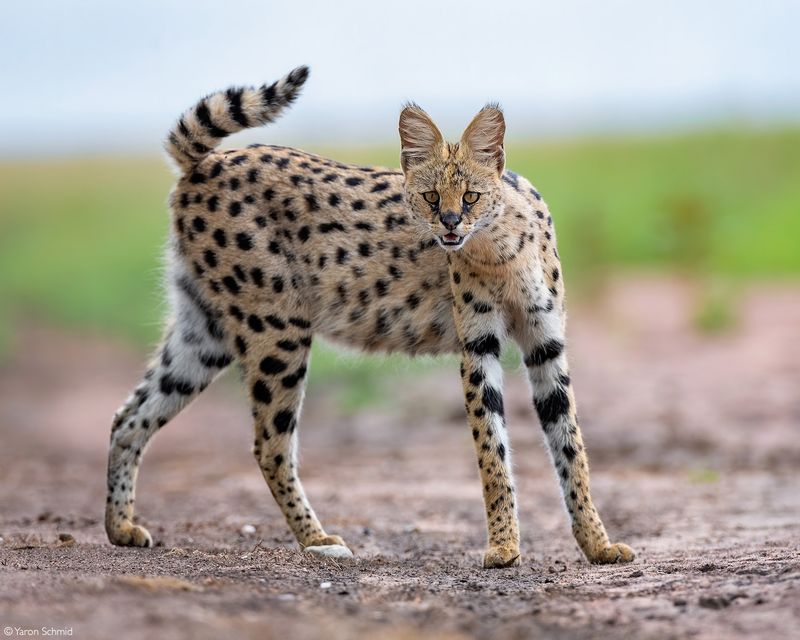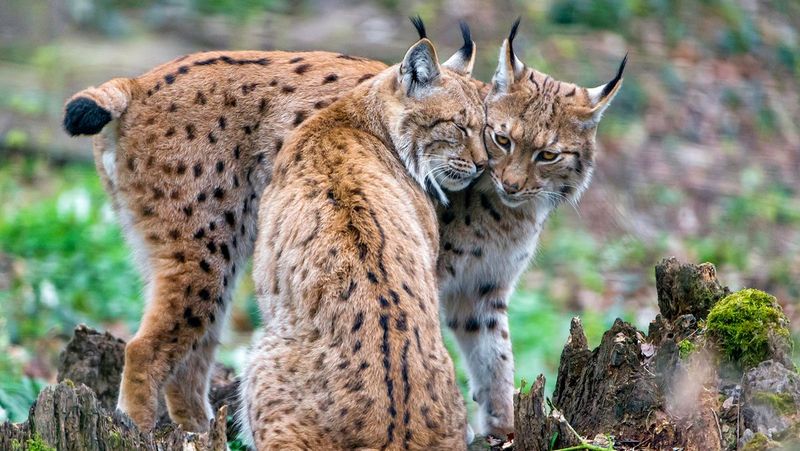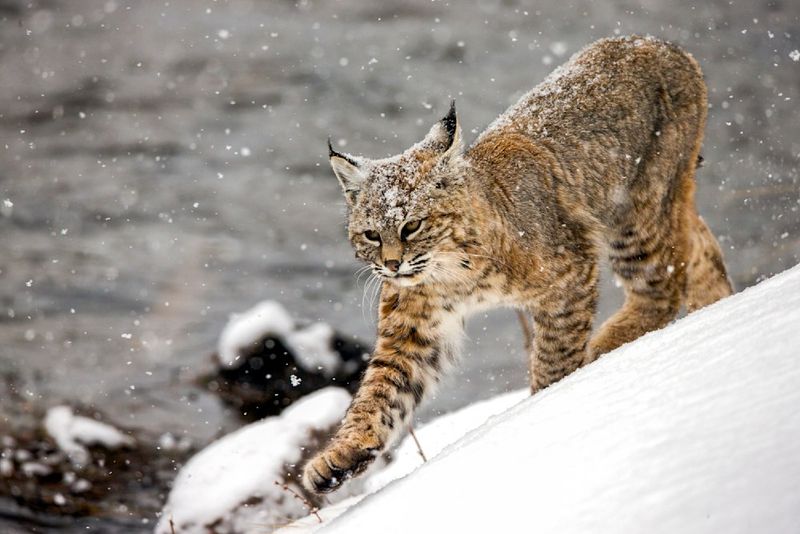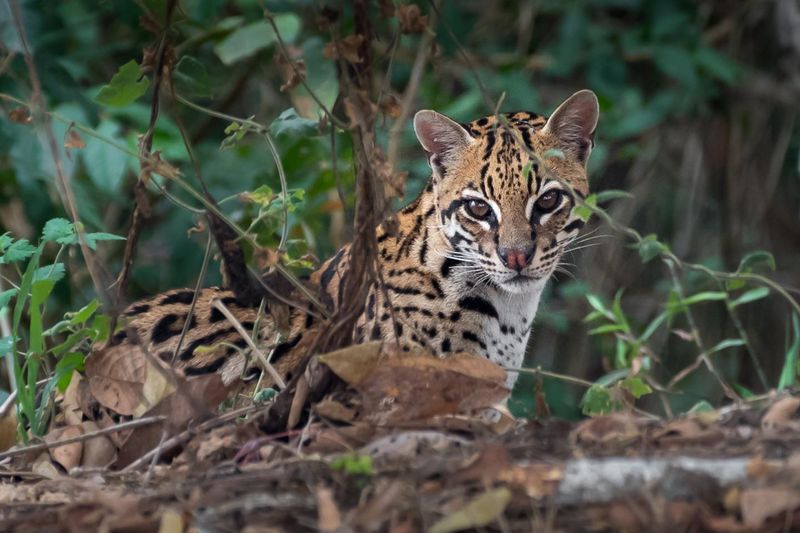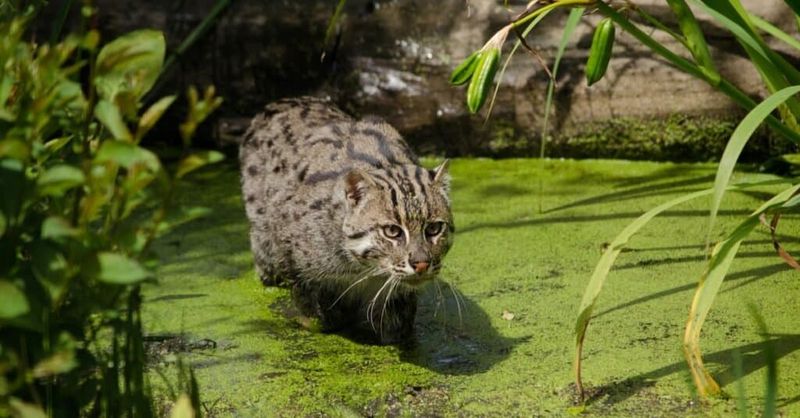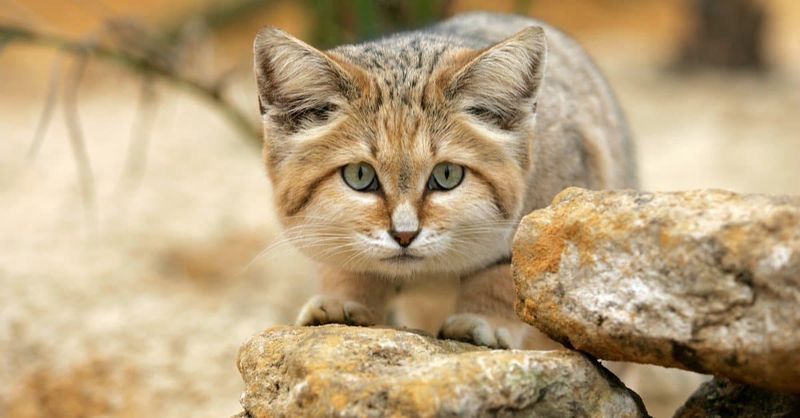📖 Table of Content:
- 1. Lions (Panthera leo) – Africa
- 2. Tigers (Panthera tigris) – Asia
- 3. Leopards (Panthera pardus) – Africa and Asia
- 4. Cheetahs (Acinonyx jubatus) – Africa
- 5. Jaguars (Panthera onca) – Americas
- 6. Snow Leopards (Panthera uncia) – Asia
- 7. Cougars (Puma concolor) – Americas
- 8. Clouded Leopards (Neofelis nebulosa) – Asia
- 9. Caracals (Caracal caracal) – Africa and Asia
- 10. Servals (Leptailurus serval) – Africa
- 11. Eurasian Lynx (Lynx lynx) – Europe and Asia
- 12. Bobcats (Lynx rufus) – North America
- 13. Ocelots (Leopardus pardalis) – Americas
- 14. Fishing Cats (Prionailurus viverrinus) – Asia
- 15. Sand Cats (Felis margarita) – North Africa and Middle East
Big cats are fascinating creatures with diverse social structures, adapted uniquely to their environments. Each species exhibits distinct behaviors and strategies for interaction, ensuring survival across various habitats. This blog post explores how these majestic animals communicate and interact in their respective domains.
1. Lions (Panthera leo) – Africa
The quintessential social big cats, are known for their strong family ties. Prides consist of related females, their cubs, and a few males. This structure offers protection from threats and enhances hunting efficiency. Males eventually leave to seek new territories, while females usually remain. Such social cohesion ensures the pride’s strength and survival. Interestingly, cooperative rearing of cubs is common, with lionesses nursing each other’s young. The dynamics within a pride are complex yet harmonious, demonstrating a sophisticated social structure that is rare among big cats.
2. Tigers (Panthera tigris) – Asia
Tigers embody solitude and strength, ruling expansive territories alone. Each tiger is a master of its domain, using scent markings and roars to communicate boundaries. Mating is the primary social interaction, followed by the dedicated care mother tigers provide their cubs. This solitary lifestyle minimizes competition and ensures abundant resources. Despite their lone existence, tigers exhibit a remarkable ability to adapt and thrive across diverse Asian landscapes, from jungles to snow-covered mountains. Their independence and resilience highlight a distinct survival strategy among big cats.
3. Leopards (Panthera pardus) – Africa and Asia
The epitome of elusive grace, living solitary lives in diverse environments. Masters of stealth, they mark territories with distinct scent trails. Social interactions are limited to mating and cub-rearing, with mothers teaching vital survival skills. Despite their preference for solitude, leopards exhibit occasional tolerance towards neighbors, reflecting a nuanced social understanding. Their adaptability across Africa and Asia is unparalleled, as they navigate dense forests and open savannahs with ease. This solitary yet flexible nature sets leopards apart in the big cat family.
4. Cheetahs (Acinonyx jubatus) – Africa
Cheetahs defy typical big cat norms with their unique social structures. Male cheetahs often form coalitions, usually with siblings, enhancing hunting efficiency and territorial defense. Females, however, remain solitary, focused on raising cubs. This dual strategy optimizes survival, balancing cooperation among males with solo nurturing by females. Cheetahs’ speed and agility are legendary, but it’s their social flexibility that truly fascinates. Their presence in the vast African savannahs showcases a blend of independence and alliance, making them standout members of the big cat realm.
5. Jaguars (Panthera onca) – Americas
Apex predators of the Americas, reign supreme in their solitary existence. Each jaguar commands a territory marked by scent and vocalizations, with interactions occurring mainly during mating. Females bear the responsibility of nurturing cubs, imparting essential hunting skills. This solitary lifestyle is a strategy that reduces competition for resources. Jaguars, however, occasionally display tolerance towards others, especially in overlapping territories. Their powerful build and adaptability allow them to thrive in diverse habitats, from rainforests to wetlands, embodying a solitary yet robust social system.
6. Snow Leopards (Panthera uncia) – Asia
The ‘ghosts of the mountains,’ thrive in solitude, traversing the rugged terrains of Central Asia. Their solitary nature is a response to scarce resources, ensuring minimal competition. Snow leopards communicate via vocalizations and scent, particularly during mating seasons. Despite their elusive presence, they are masters of survival in extreme conditions. Their thick fur and powerful limbs enable them to navigate snowy landscapes with grace. This solitary existence, marked by resilience and adaptability, underscores their unique place in the big cat lineage, where survival is an art form.
7. Cougars (Puma concolor) – Americas
Cougars, or pumas, exhibit a flexible approach to social structures. Primarily solitary, they roam vast territories, marking them with scent. Mothers form close bonds with their young, imparting essential survival skills. Interestingly, cougars occasionally share kills, showcasing rare social tolerance. Their adaptability across diverse habitats, from forests to mountains, highlights a keen survival instinct. This solitary yet occasionally communal lifestyle allows cougars to thrive across the Americas, exhibiting a dynamic social strategy that contrasts with more rigid big cat structures.
8. Clouded Leopards (Neofelis nebulosa) – Asia
Enigmas of the dense Southeast Asian forests. Though solitary, their social interactions are marked by intriguing communication methods. Vocalizations and scent help maintain territories, while mothers nurture their cubs with essential survival lessons. This solitary existence is balanced by strong maternal bonds, ensuring the cubs’ readiness for independent life. Their arboreal prowess and striking coat patterns add to their mystique. Clouded leopards embody the delicate balance of independence and familial care, thriving in the intricate tapestry of their forested habitats.
9. Caracals (Caracal caracal) – Africa and Asia
Distinguished by their tufted ears, are solitary hunters with complex social dynamics. They communicate through scent markings and vocalizations to establish territories. The bond between a caracal mother and her cubs is pivotal for survival, with vital hunting skills passed down. This solitary yet nurturing lifestyle allows them to adapt to varied environments, from savannahs to forests. Their agility and striking appearance make caracals fascinating subjects in the big cat world, embodying a blend of independence and maternal devotion that ensures their species’ continuity.
10. Servals (Leptailurus serval) – Africa
Servals, with their long legs and acute hunting skills, prefer solitary lives amidst Africa’s grasslands. Communication through scent and vocalizations helps them maintain territories and avoid conflicts. The maternal bond is crucial, as mothers impart essential hunting techniques to cubs. This solitary, yet nurturing lifestyle ensures servals thrive in their natural habitats, where their adaptability and keen senses make them formidable hunters. Their unique physical traits and hunting prowess underscore a solitary existence that is both pragmatic and effective in Africa’s diverse ecosystems.
11. Eurasian Lynx (Lynx lynx) – Europe and Asia
A solitary figure in Europe’s forests, combines stealth and strength in its survival strategy. Marking territories with scent, these lynxes communicate minimally, with interactions limited to mating. Mothers devote themselves to raising and educating cubs on hunting skills. This independence reduces competition for resources, a key to thriving in varied terrains. The lynx’s tufted ears and silent movements further enhance its mystique. Solitude defines the lynx’s life, yet within this silence lies an intricate balance of survival and maternal care, ensuring its continuation across continents.
12. Bobcats (Lynx rufus) – North America
Elusive residents of North America’s diverse landscapes, lead solitary lives defined by stealth. These adaptable creatures mark territories with scent, relying on strong maternal bonds to pass survival skills to their young. Occasionally, bobcats display tolerance towards each other, reflecting an adaptable social approach. Their ability to thrive in varied environments, from deserts to forests, underscores their resilience. Solitary yet socially aware, bobcats navigate a delicate balance in the wild, their tufted ears and keen senses helping them remain vigilant and successful hunters.
13. Ocelots (Leopardus pardalis) – Americas
The small yet striking big cats of the Americas, embody a solitary elegance in the dense jungles. Each ocelot holds a discreet territory, marked with scent and reinforced by occasional vocalizations. Mating introduces brief social interactions, followed by maternal dedication in nurturing cubs. This solitary lifestyle minimizes competition for resources. Their sleek spotted coats provide effective camouflage, enhancing their ability to ambush prey. Ocelots exemplify a solitary yet adaptable existence, thriving in the lush biodiversity of their habitats, where survival hinges on stealth and independence.
14. Fishing Cats (Prionailurus viverrinus) – Asia
Fishing cats, with a penchant for water, are solitary hunters of Southeast Asia’s wetlands. Their affinity for aquatic environments sets them apart, relying on keen senses to catch prey. Scent markings define territories, with social interactions mainly during mating. Mothers raise cubs with precision, teaching them the nuances of hunting in water. This solitary, water-oriented lifestyle underscores their adaptability and survival skills. Their unique relationship with water habitats offers insight into a specialized survival strategy among big cats, where the art of fishing is as crucial as stealth and independence.
15. Sand Cats (Felis margarita) – North Africa and Middle East
Small and elusive, are masters of desert survival in North Africa and the Middle East. Living solitary lives, they are perfectly adapted to harsh environments, where they hunt rodents and insects. Communication is limited to mating periods, with mothers fiercely protective of their young. Their sandy coats offer excellent camouflage, while their ability to thrive in extreme temperatures showcases a remarkable resilience. This solitary existence, characterized by adaptability and survival instincts, places sand cats as unique players in the big cat lineup, navigating some of the world’s most unforgiving terrains.
